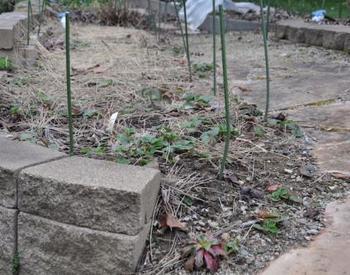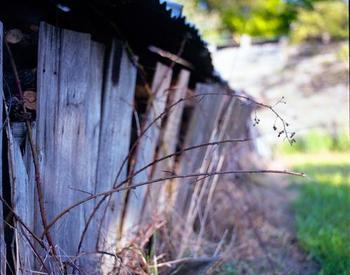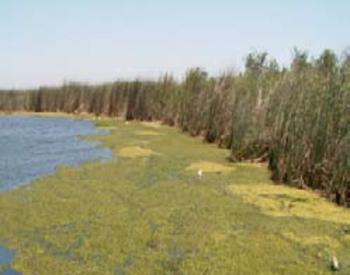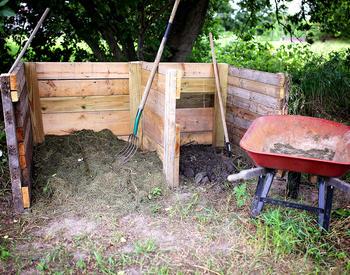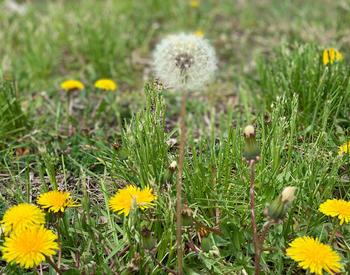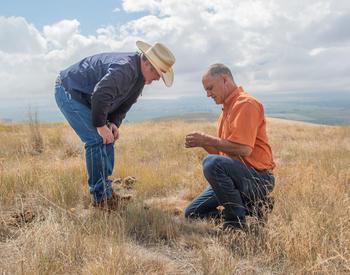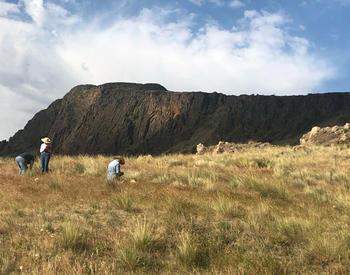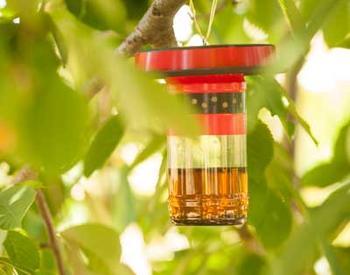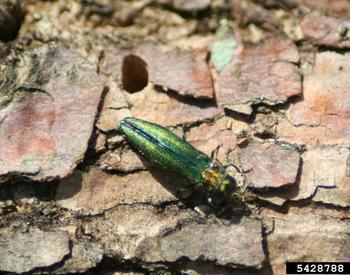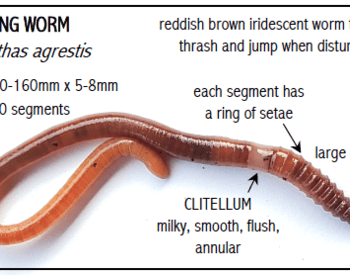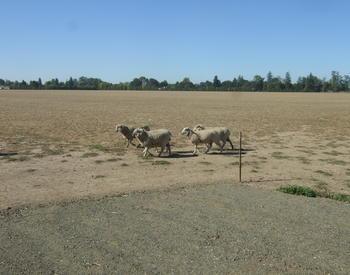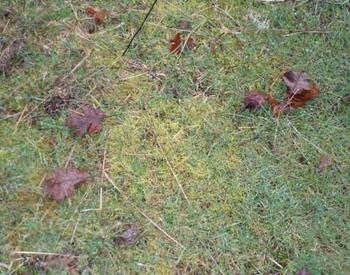CORVALLIS, Ore. - It was loved for gracing "hallowed halls" back in its day, but English ivy has become a major invasive villain in the Pacific Northwest, from British Columbia to California. Along the eastern seaboard it is considered invasive from New York to Georgia.
Given a foothold, English ivy suppresses and excludes other vegetation to form a dense monoculture groundcover, unsuitable as wildlife habitat, except perhaps for rodents, explained Linda McMahan Oregon State Extension Service horticulturist.
As a vine, it can completely engulf shrubs and encircles tree trunks of all sizes, leaving nothing uncovered. Shrubs shrouded in ivy may eventually die because light can't reach their leaves. The sheer weight of the extra vegetation also weakens the plant it grows on, making it more susceptible to disease and blowdown. Trees usually survive ivy invasion, even though weakened by retaining a "broccoli head" of foliage at the very top.
There are more than 400 cultivars of this type of ivy grown in home gardens.
"The most common ones we know as English ivy, Hedera hibernica and Hedera helix Baltica, California,, Pittsburgh, and Star are invasive and are on the noxious weed lists of several states, including Oregon and Washington," McMahan said. "The others may be well-behaved in isolation; but if given the opportunity, they can 'interbreed' and revert to the invasive species form. So if you want to use them at all, the only really safe places are topiaries and hanging baskets."
Like many plants that are widely used for horticulture, the characteristics that originally made English ivy popular as an ornamental garden plant are the ones that make it invasive given a too-friendly environment. It grows rapidly, is a hardy, woody, evergreen perennial and needs very little light or water once it's established. It spreads rapidly as a groundcover and also climbs as a vine.
Once it gains a few feet of height, by climbing trees, shrubs, mailboxes, fences or anything available, it begins to produce rounded leaves without lobes, which are distinctly different from the familiar three-lobed ivy leaf. Then small greenish flowers appear followed by clusters of black berries, eaten and spread by birds. If left untrimmed for several years, mature plants can begin to "climb themselves," gaining just enough height to morph into reproductive mode, she warned.
English ivy blankets large portions of Portland's 5,000-acre Forest Park, the largest urban park in the country. In 1992 the city began the Ivy Removal Project to restore the native habitat of Forest Park by removing invasive plants, especially English ivy.
In a similar project for Stanley Park in Vancouver, B.C., the Ivy Busters estimate that in their first 39 "Ivy Pulls" more than 700 volunteers removed more than 20,000 square meters of ivy. They say it will take 50 years to rid Stanley Park of this invasive pest.
Ivy disasters aren't confined to city parks. Along the Oregon Coast Highway 101 between Newport and Lincoln City for instance, it's easy to find sections of forest where ivy has invaded and overwhelmed the existing trees and understory.
"There are lots of good alternatives to ivy, both for groundcovers and for vines," said McMahan. "Crinkle leaf creeper (Rubus pentalobus also known as Rubus calcinoides) is an evergreen groundcover that grows at a moderate rate to about 1 foot high. Once it's established, it's drought resistant, needs little care, and adapts to sun or partial shade. Other aggressive groundcovers like oxalis and wild strawberry may also be good substitutes."
An evergreen groundcover with some forms native to the Pacific Northwest is the familiar kinnikinnick (Arctostaphylos uva-ursi). With small, dense, glossy leaves, small pink flowers in the spring, and red berries in the late summer, it provides more visual interest than English ivy. Kinnikinnick is slow to become established, but eventually forms a dense mat. Once well rooted, it tolerates drought but not shade.
Climbing hydrangea (Hydrangea anomala petiolaris) is a vigorous deciduous vine that climbs to 60 feet but doesn't "jump the fence" to spread uncontrollably. Its heart-shaped leaves provide a dense cover during the growing season, and its reddish bark provides winter color. It has showy white flowers in June.
If you've inherited a problem crop of English ivy, you can crop it diligently to keep it from spreading or blooming, said McMahan. If you want to eliminate it altogether, to be sure it isn't allowed to spread by someone less responsible in the future, your method needs to depend on how much you have and where it is.
If you have just groundcover, you may be able to pull it up by hand. If you have a large vine and cut the trunk, the upper plant will wither and die. Once it's dead and somewhat dried out, you can pull it off its base more easily.
Because English ivy is evergreen and grows even during the winter, you can apply systemic herbicides like triclopyr and glyphosate any time of year as long as the temperature is above approximately 60 degrees. English ivy has a very waxy leaf surface; this means that the most effective herbicides might be those mixed with a surfactant to help dissolve the wax, said McMahan. The plants show dieback within a week during warm weather or a few weeks when it's cool. You will most likely need to repeat applications for a dense mat.
Always be sure to follow the manufacturer's directions and safety measures explicitly when using herbicides.

